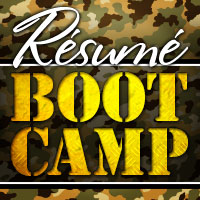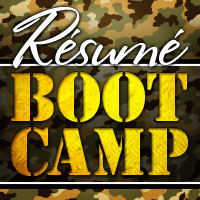 After you interview for a job, the ever-fun waiting game begins. Will you get a second interview or a call saying, “Thanks for interviewing, but…?” Whether or not you advance in the interview process is now in the hands of the hiring manager. It’s time for the interviewer to process what they’ve learned about you.
After you interview for a job, the ever-fun waiting game begins. Will you get a second interview or a call saying, “Thanks for interviewing, but…?” Whether or not you advance in the interview process is now in the hands of the hiring manager. It’s time for the interviewer to process what they’ve learned about you.
So, what could make or break the deal? In deciding whether or not you get a call back for a second interview, here’s an inside look at two questions an interviewer is sure to ask themselves about you.
Do I like the candidate’s personality?
Can this interviewer see you getting along with the team? Would you fit in well with the company culture? On your résumé, you might be a great fit, but there’s a lot that a hiring manager can learn about you during – and after – you interview. Not only will a potential employer evaluate the answers you gave during an interview, but they will take into consideration your nonverbal communication skills, investigate your online personal brand (a.k.a. Facebook, Twitter, LinkedIn, etc.), and check your references. All of these items are taken into consideration when a potential employer is debating hiring you to their team.
Is this person driven?
Are you self motivated and eager to learn and take on new projects? Right now, with the continued uncertainty about the economy and tight budgets, companies are still playing it safe when it comes to hiring. With fewer workers and heavier workloads, employers are looking for hard-working, motivated individuals who can stand the test of time.
To determine if you’re the employee for them, hiring managers will be taking all things about you into consideration when making a decision – your work history, your interview responses, and your references’ feedback. To put your best foot forward during the interview, make sure your résumé is up-to-date, research the company, brush up on some potential interview questions, and dress to impress. Also, contact your references so they can be prepared to give you a recommendation. The day of your interview, it’s your day to shine. Your goal is to make a lasting, positive impression that makes the hiring manager want to hire YOU!





